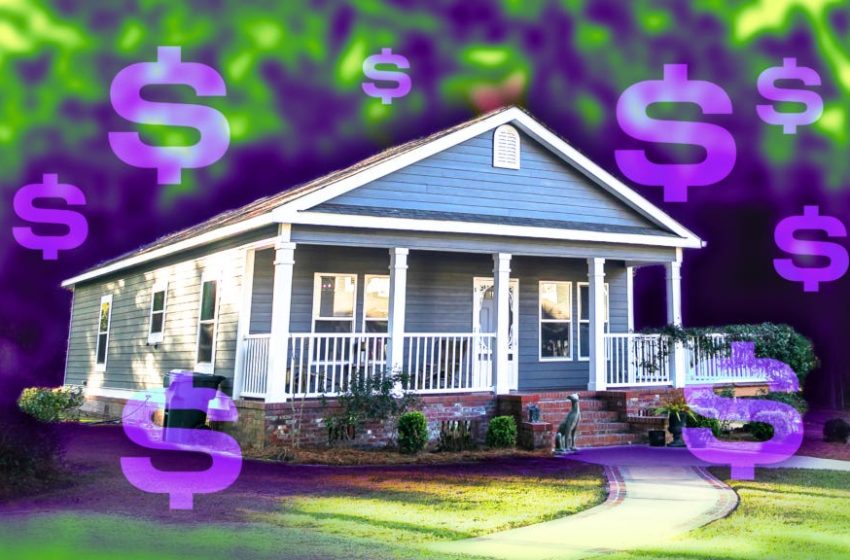Homebuyer, Beware of These 7 Property Red Flags. They’ll Cost You Big


Getty Images/Zooey Liao/CNET
Buying a home is a significant financial investment. The last thing you need is for it to turn into a money pit after you’ve already taken out a mortgage and started living there.
Over the last two decades of my professional real estate career, I’ve compiled a list of red flags to avoid during your home shopping journey. Some are obvious budget drains based on the type of property, while others are problems hiding deep below the surface and might only be uncovered during a home inspection.
To save you the trouble of finding out the hard way, here are a few warning signs on the types of homes you should never buy.
Why home inspections are critical
First, let me explain why I always advise my clients to never skip home inspections. The current housing market is competitive, with high demand and low inventory, and many homebuyers skip inspections without realizing how that can lead to significant financial consequences.
Let me share a story from a recent experience. A next-door neighbor of one of my real estate clients recently bought a home. To put themselves in a more competitive position and speed up the process, they waived an inspection.
After a few weeks of heavy rain, they went into the attic and discovered the previous owner had buckets in the attic to catch the rain from the leaky roof. The buckets had filled up and started overflowing into the ceiling, leading to thousands of dollars in unexpected repairs. The situation could have been easily avoided with a thorough home inspection.
By identifying potential issues early, you’ll save money in the long run. Here’s what you should be looking for during a home inspection:
✔️ Structural issues: Cracks in the foundation, walls or ceilings can indicate serious structural problems.
✔️ Plumbing and electrical systems: Old or faulty systems can be hazardous and expensive to replace.
✔️ Roof condition: A worn-out roof can lead to leaks and water damage.
✔️ Water damage and mold: These can cause health issues and require costly remediation.
Never buy these 7 types of properties
In a recent YouTube video, I went over the types of properties you should avoid. Here’s a summary.
1. Flipped houses
Many flipped houses are poorly refurbished by inexperienced investors looking to make a quick profit. They often cut corners on visible and hidden issues. If you can see obvious flaws, imagine the problems you can’t see. Always make sure that permits were pulled and work was done by licensed contractors.
2. Houses on hills or near major streets
Properties on hillsides without proper structural reinforcement can be prone to erosion and landslides. Houses near major streets, freeways or railroads suffer from noise issues, which can significantly reduce their resale value.
3. Houses with foundation issues
Structural problems, such as cracks in the foundation, can be costly to repair. Avoid homes with significant foundation issues since they can affect the entire structure.
4. Houses with old galvanized plumbing
Galvanized plumbing can rust and lead to water quality issues. Eventually, these pipes will need to be replaced, which can be expensive.
5. Houses with electrical issues
Old wiring, like knob and tube or aluminum wiring, poses fire hazards and can be costly to update. Buzzing panels or visible electrical issues should be a red flag.
6. Houses with mold
Mold can be a severe health hazard and difficult to remediate. Extensive mold problems often indicate underlying water damage that needs to be addressed.
7. Houses that need a new roof or have flat roofs
Replacing a roof can be expensive, especially if the entire roof is flat, which can lead to drainage issues. Flat roofs have a shorter lifespan and can lead to ongoing maintenance problems.
Always check on home insurance before you buy
Before buying a home, check if you can get home insurance based on its location. Some insurance companies deny coverage for homes in certain areas due to risks like floods or fires. Verify that all necessary permits were pulled for any renovations, and make sure there are warranties for significant appliances and systems. Never close on a home without doing a final walkthrough to confirm its condition.
Location, location, location
While the quality of a property is key when buying a home, location can’t be overstated: Even if you find the perfect home without any major issues, you can’t pick it up and move it to a more desirable place. Research the quality of local schools, safety and business investments in the area, which can significantly impact your home’s value as well as your quality of life. But also remember that neighborhoods can and do change over time.
Nothing is an absolute
There are always exceptions to the rule. Sometimes older houses can be better constructed than newer ones. Balancing location, affordability and the condition of the home is a challenge, but being diligent and informed will empower you to make the best decision.





